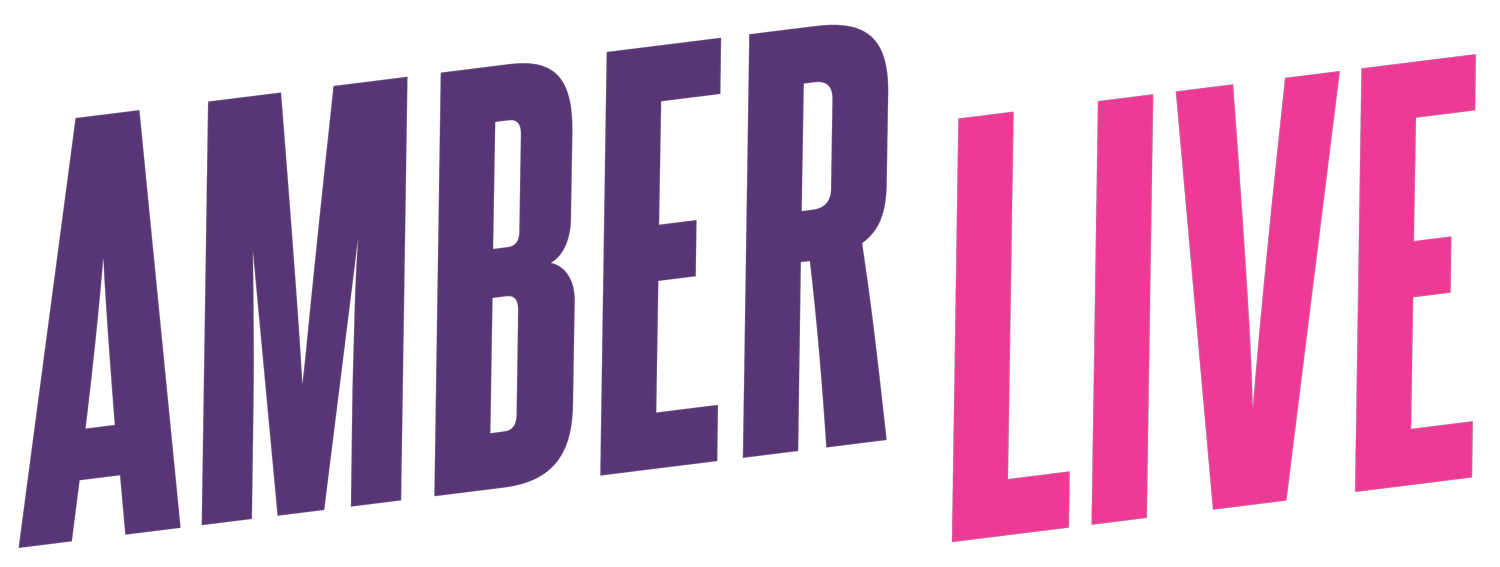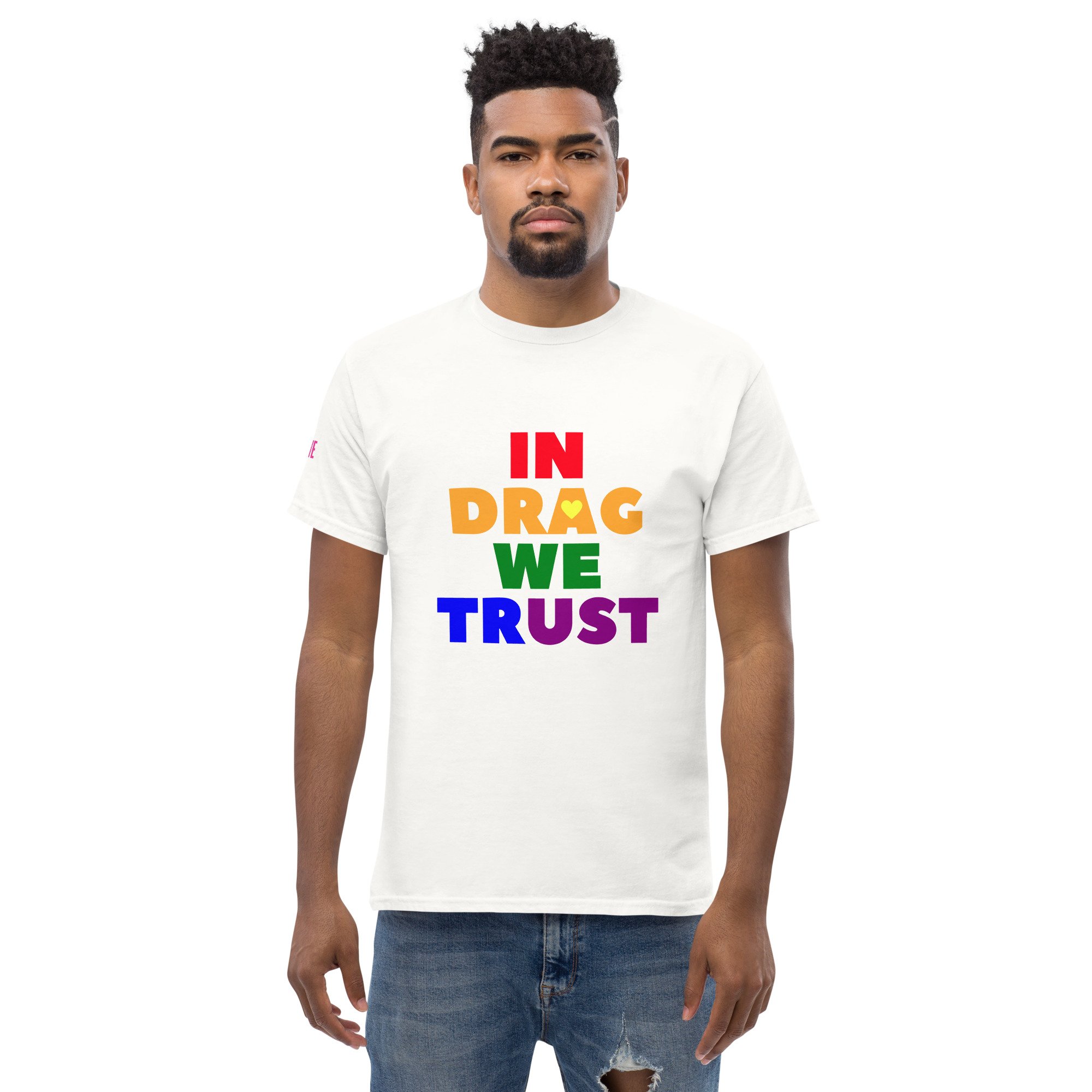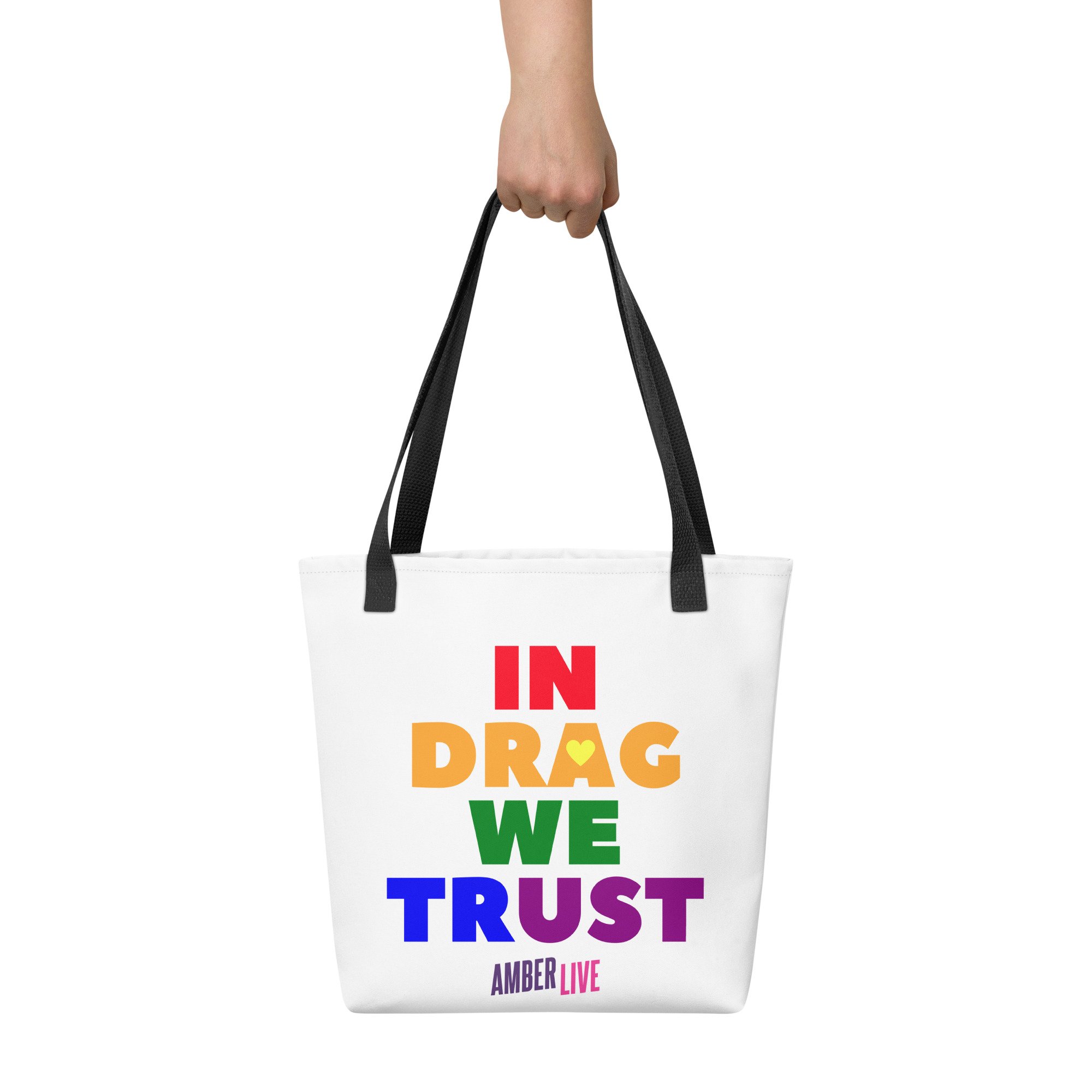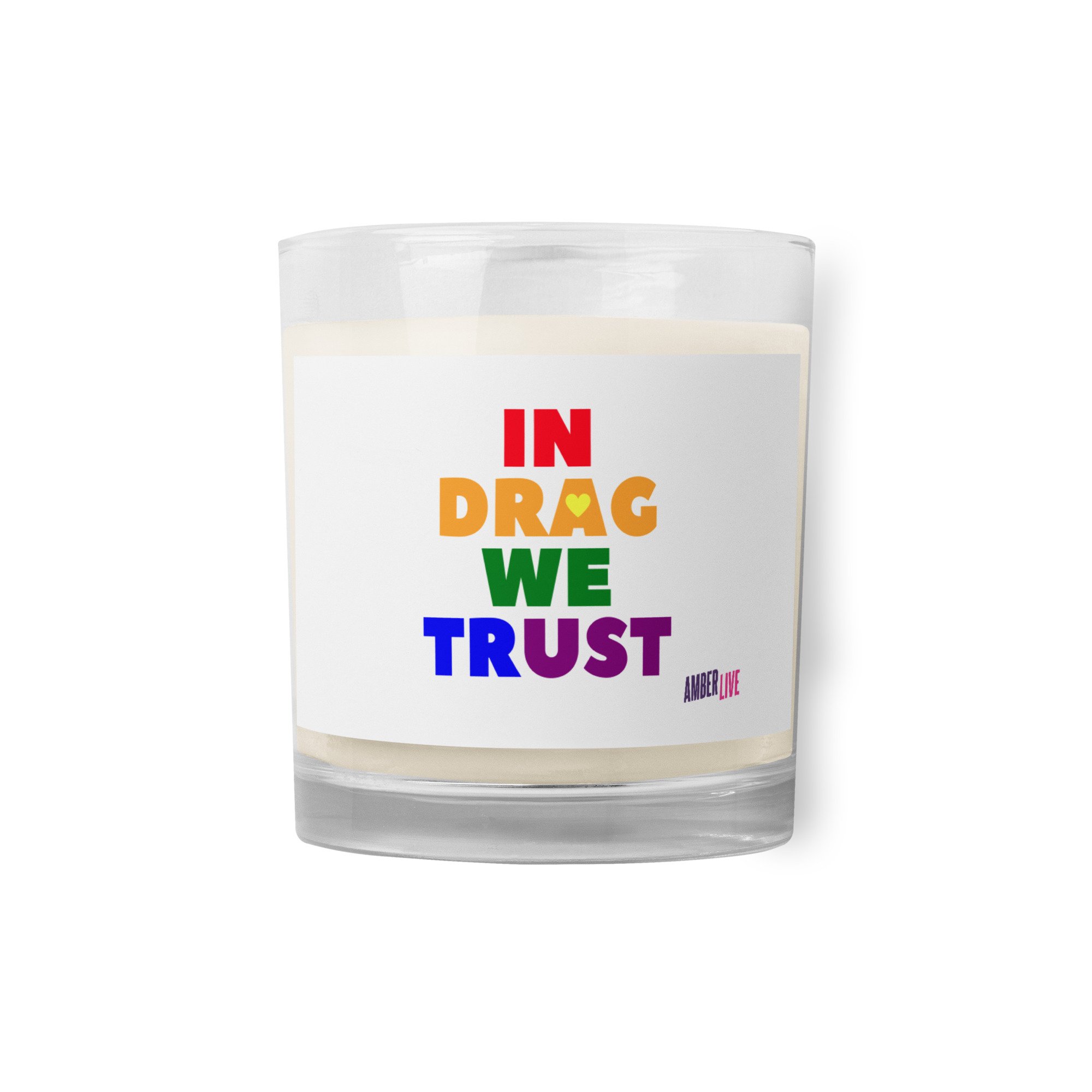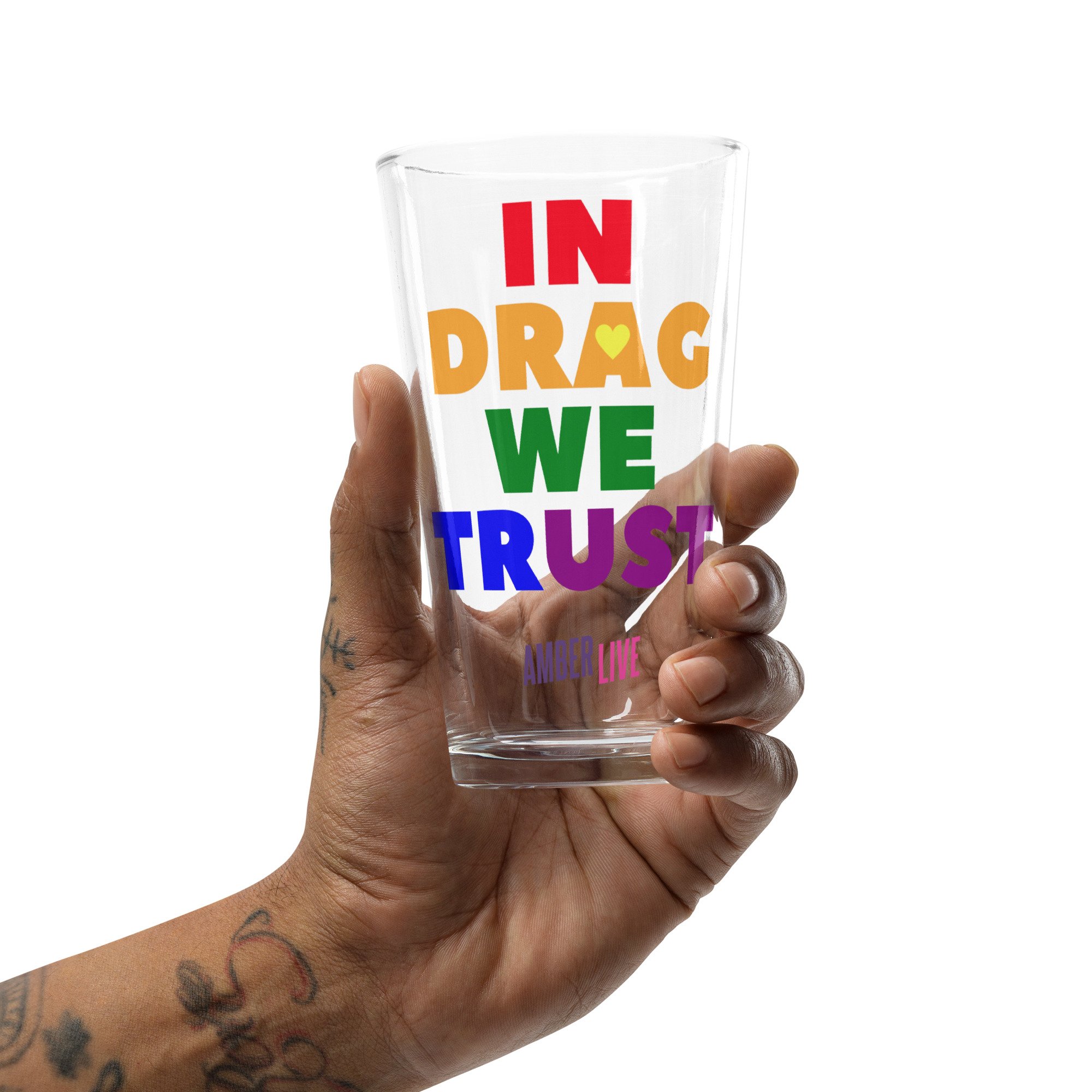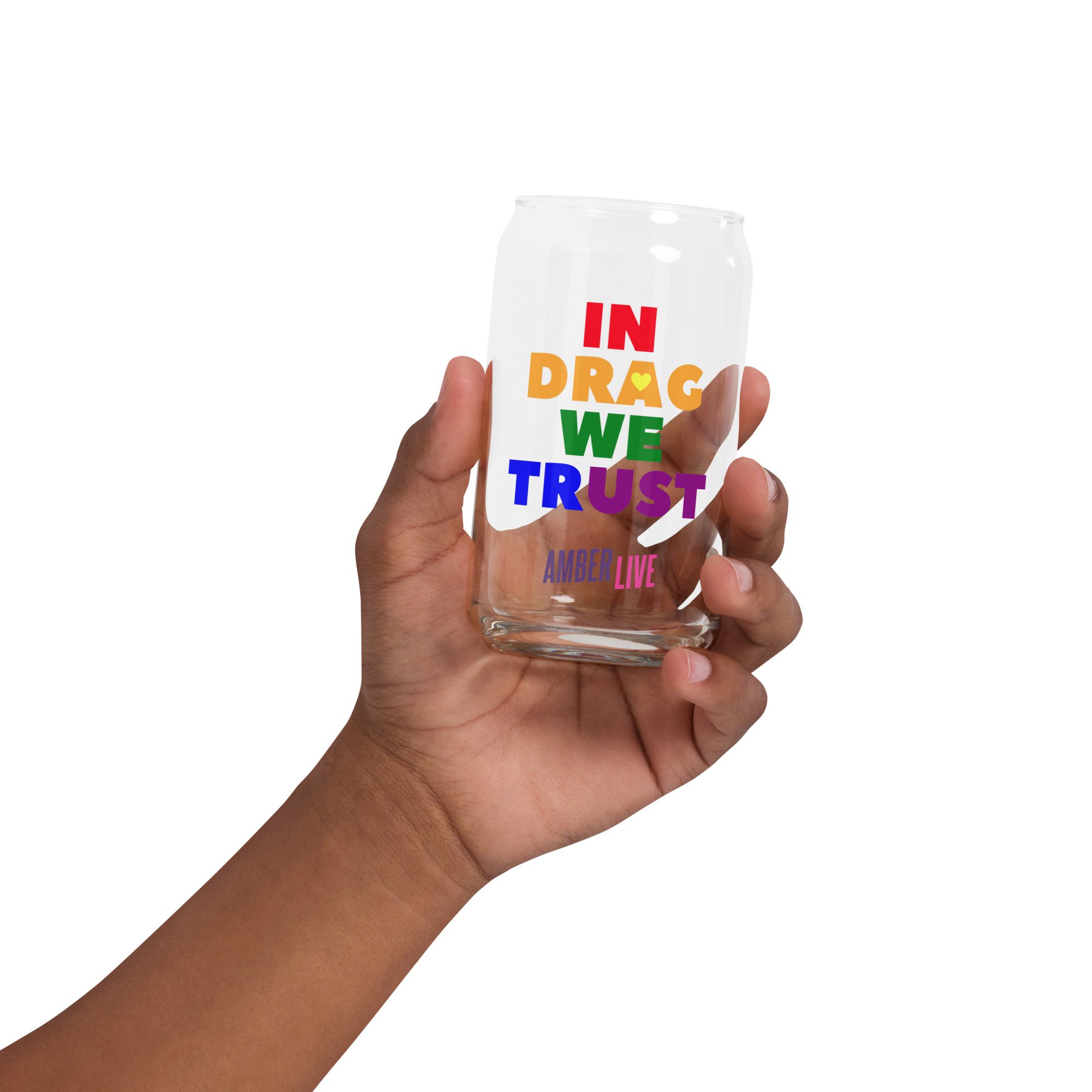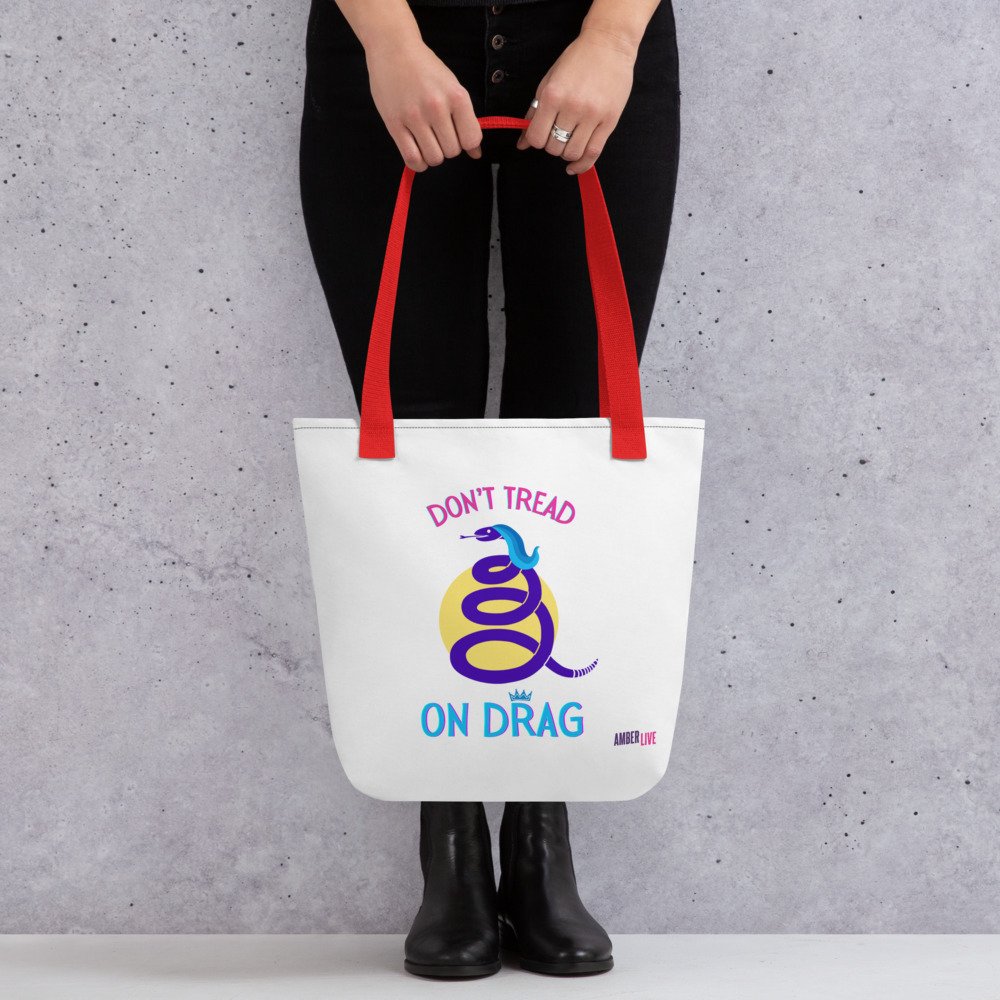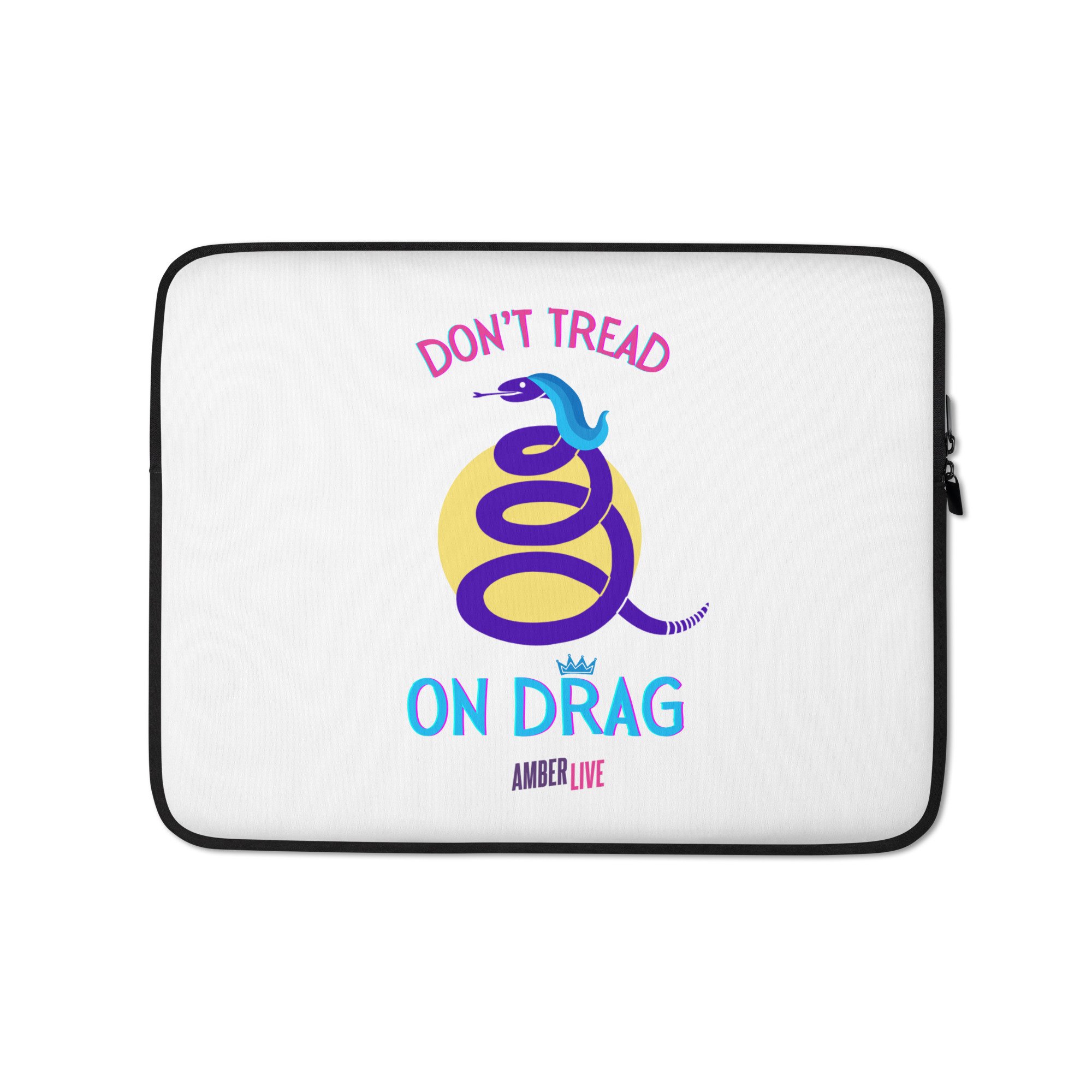10 Drag King Misconceptions: An FAQ
Are drag kings transgender or transitioning to male?
Is being a drag king just about wearing men's clothing?
If a woman is quite feminine and attractive as a woman, does that mean she would make an ugly man as a drag king?
Is the main priority and goal of drag to look convincingly like a real biological man?
Do you have to actually want to be a man in your daily life to be a drag king?
Are all drag kings lesbians or identify as queer sexuality?
Isn’t crossdressing and gender impersonation somehow wrong or shameful?
Are drag kings just mocking masculinity by imitating it in silly, exaggerated ways?
Don’t drag kings just do it for the attention?
Wouldn't drag king culture be confusing or risky for kids to see?
Drag King Mike Oxready at the annual Winter is a Drag Ball in Burlington, Vermont
1. Are drag kings transgender or transitioning to male?
No, most drag kings identify as cisgender women who perform as men. Drag is about gender performance and entertainment - allowing them to temporarily inhabit masculinity as an art form separate from their everyday gender identity, which remains female. They are not necessarily aiming to pass as biologically male or transition in their daily lives.
2. Is being a drag king just about wearing men's clothing?
Not at all - it involves holistically developing a male persona including mannerisms, talents, dance moves, and connecting to an inner masculine spirit or energy. There are skills to portraying a credible masculinity beyond just king costumes. Drag relies as much on performance abilities, confidence, and attitude as it does physical looks. Read this article exploring the art of drag kings to delve further into drag as art form.
3. If a woman is quite feminine and attractive as a woman, does that mean she would make an ugly man as a drag king?
No. Skilled drag kings use contouring makeup tricks, binding breasts, enhancing muscles and other illusions to transform themselves into entirely believable masculine faces and bodies. Their attractiveness as women does not preclude them from creatively sculpting jawlines, painting on facial hair, and adopting a male swagger to convince audiences of their temporary king personae. It's an art form rather than just dress up.
4. Is the main priority and goal of drag to look convincingly like a real biological man?
Passing as male certainly enhances the fantasy, but the focus is more on provoking thought around gender as a creative performance rather than achieving absolute authentic maleness. Drag kings intentionally break rules and have fun with exaggerating masculine cues, behaviors and symbols for entertainment purposes. Looking like an actual man is secondary to the theatrical skills and talent.
5. Do you have to actually want to be a man in your daily life to be a drag king?
Usually not. Drag allows biological females to expand their self expression and connect to masculine aspects of themselves without most wanting to permanently transition genders. However, through drag some do realize they actually identify better living as men, or at least outside traditional feminine roles which they begin to feel limited by. But primarily drag kings set out to entertain audiences and spotlight talents rather than present or claim authentic maleness.
6. Are all drag kings lesbians or identify as queer sexuality?
Absolutely not. Drag performers identities fit across the entire spectrum. Many identify as straight with male romantic partners, while others are bisexual, pansexual, gay, lesbian or otherwise. Their sexuality does not have to align with temporarily inhabiting masculinity as stage artists.
The Pride Flag
7. Isn’t crossdressing and gender impersonation somehow wrong or shameful?
Those beliefs reflect outdated, ignorant prejudice rather than understanding drag motives. Drag intentionally ruptures false gender binaries society created dictating how individuals should look, behave, or creatively present themselves based just on anatomy. It celebrates the spectrum of expression.
8. Are drag kings just mocking masculinity by imitating it in silly, exaggerated ways?
While parody and humor often feature heavily in acts, drag also seriously confronts constructs of gender authority, privilege, swagger and sexuality in ways that challenge toxic masculinity. Ultimately it seeks to creatively liberate identity beyond rules created for men and women’s expected appearance and mannerisms.
9. Don’t drag kings just do it for the attention?
There is an element of performance artistry and desiring audience admiration common to all entertainers, which drag artists deserve for honing their talents. However, drag culture also holds deeper meaning for both fans and performers in encouraging authentic identity expression freed from societal gender limitations or assumptions about binary roles.
10. Wouldn't drag king culture be confusing or risky for kids to see?
On the contrary - it teaches creative self-confidence and authentic empowerment that is not confined by traditional standards or assumptions about gender being rigidly fixed from birth. Seeing people so freely self-express outside constructs gives children role models and permission to tap into a wider spectrum of qualities life offers beyond the gender written on your birth certificate.
Show your Drag Pride! Order great merch today!
—This article was written, restructured, or adapted by Russell with information gathered from sources around the internet. Russell is the producer of Amber Live and is greatly overworked to pull it all together. If it’s on the internet, it must be true. (We’re kidding.) BUT, if you find any errors or omissions in the article, please let us know so that we may correct the issue. Thanks for your support!
